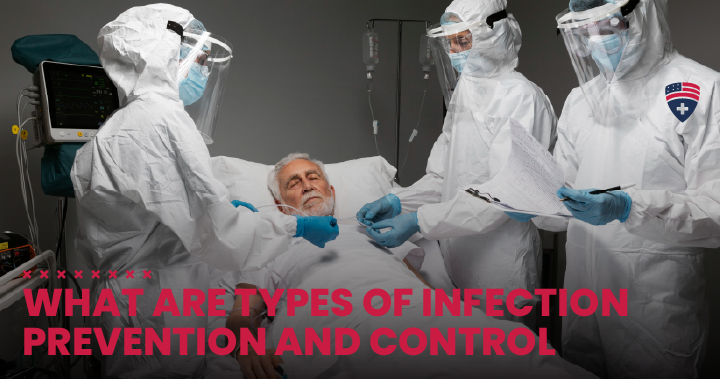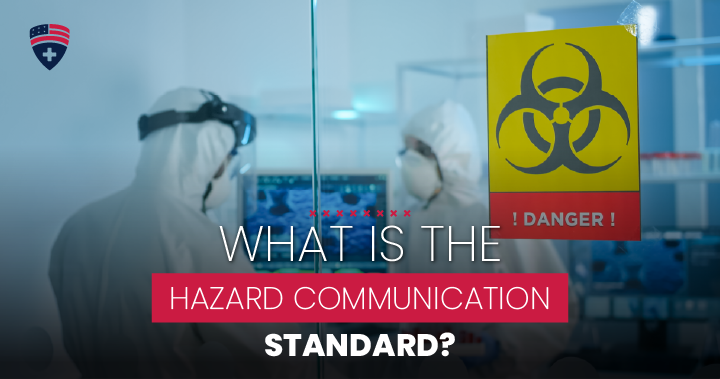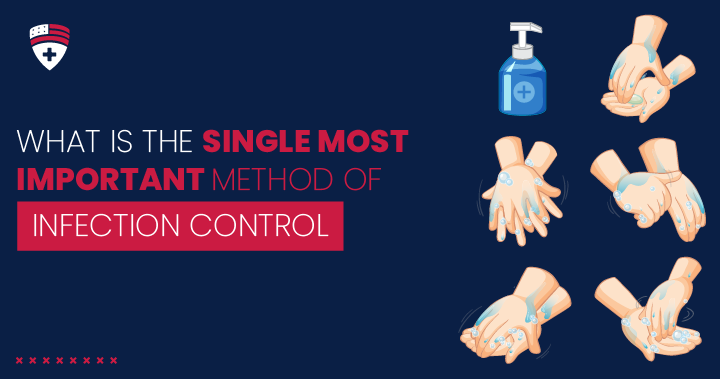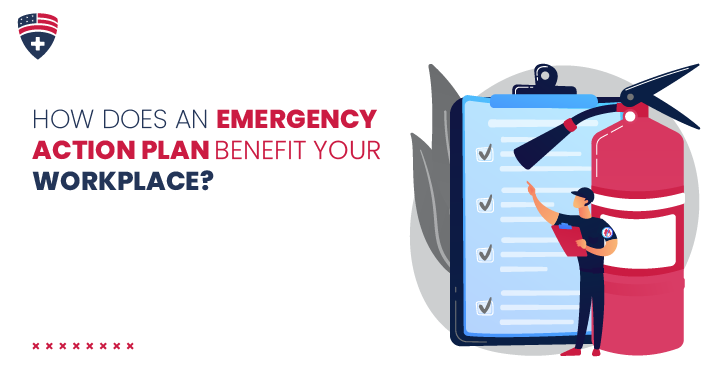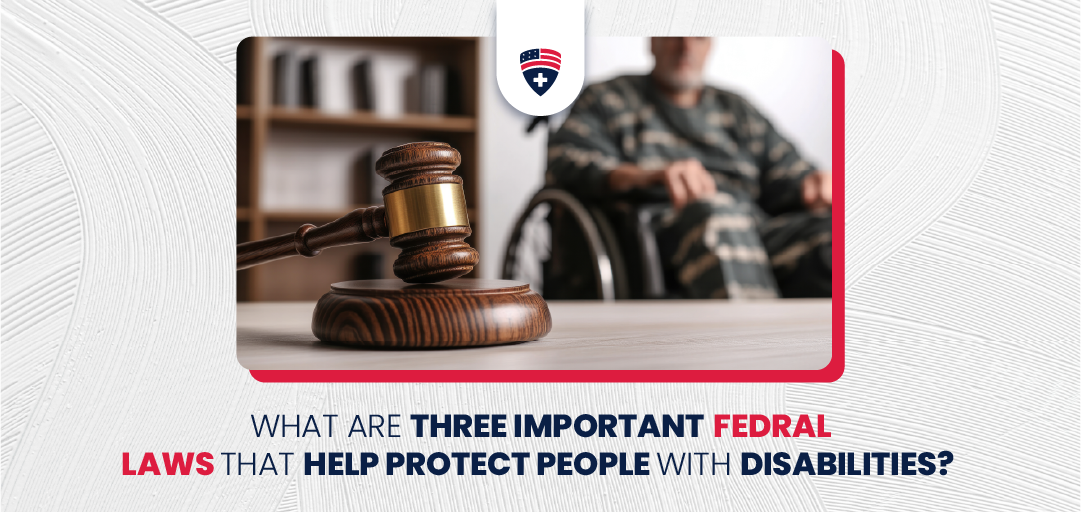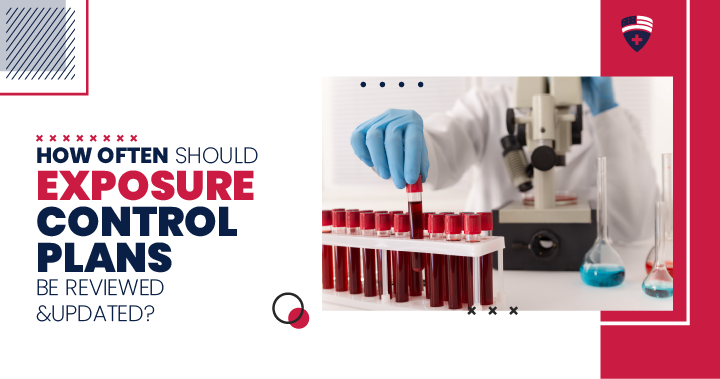
How Often Should Exposure Control Plans Be Reviewed and Updated?
In the world of healthcare, keeping everyone safe is very important.
That’s where exposure control plans come in.
In hazardous workplaces, exposure control plans (ECPs) are essential documents. These plans are specifically designed to protect employees’ health and safety.
These plans lay out ways to make sure employees are not harmed by dangerous stuff and follow rules like those from OSHA. However, creating an ECP is just the beginning.
Regular checking and updating are essential to keep things working and adjust to changes.
But how often should exposure control plans be reviewed and updated?
Let’s look into this critical aspect of safety management to maintain their effectiveness.
What Is an Exposure Control Plan?
Before we talk about how often should exposure control plans be reviewed and updated, let’s first understand what they are.
An exposure control plan is essential for preventing exposure to bloodborne pathogens.
It describes how to reduce the risk of blood exposure and directs what to do if an exposure occurs.
This plan lays out all the measures implemented by organizations to safeguard their employees.
What Is the Purpose of an Exposure Control Plan?
The purpose of an exposure control plan is to “minimize the risk of exposure to bloodborne pathogens.” It also aims to care for those exposed to such pathogens.
Exposure to the Elements
In healthcare settings, employees face exposure to diverse environmental elements. These include:
- Airborne pathogens
- Chemical agents
- Physical hazards
Exposure control plans are essential to address these risks. They aim to provide comprehensive protection to healthcare employees and patients.
What are the 7 Steps of an Exposure Control Plan?
Upon implementing an exposure control plan, it’s crucial to follow a set of steps. CDC suggests seven key steps:
- Proper hand cleanliness.
- Utilization of personal protective gear such as gloves, masks, and eyewear.
- Respiratory cleanliness and adequate etiquette for coughing.
- Safety measures regarding sharp objects, including engineering controls and work practices.
- Ensuring safe injection procedures, including maintaining aseptic techniques for administering parenteral medications.
- Maintaining sterility of instruments and devices.
- Thorough cleaning and disinfection of environmental surfaces.
What Does the Exposure Control Plan Consist of?
Key elements of the exposure control plan, as outlined by the CDC, include:
- A clear policy to protect employees from bloodborne pathogens.
- Someone responsible for managing the plan.
- Identifying which jobs expose employees to blood and body fluids.
- Make sure employees have access to Hepatitis B vaccinations.
- Using precautions with all blood and body fluids.
- Teaching employees how to stay safe and providing regular training.
- Using specific methods to control pathogens at each facility.
- Giving employees protective gear.
- Having procedures for dealing with exposure incidents.
- Keeping records and updating the plan annually.
How Often Should Exposure Control Plans Be Reviewed and Updated
Exposure control plans should be updated based on factors like regulations, workplace changes, and new risks.
Generally, it’s recommended to review them annually to keep them effective.
According to OSHA guidelines, employers must update the Exposure control plan at least once a year, even if safety devices are already in use.
How would this Pertain to OSHA’s Bloodborne Pathogens Standards?
Exposure control plans are essential for workplaces under OSHA’s Bloodborne Pathogens Standard. This standard requires employers to create and enforce ECPs.
These plans are necessary in environments where employees may encounter bloodborne pathogens like HIV, HBV, and HCV.
They must meet specific requirements outlined in the standard.
These include implementing engineering controls, work practice controls, and providing employee training.
What are the Local Supplements of the Exposure Control Plan?
Local supplements to an exposure control plan are extra rules for specific workplaces. They’re added to the main plan to address unique risks or situations there. These supplements include details like:
- Special Hazards
Any extra risks at the workplace that aren’t in the primary plan.
- Risk Control Measures
Specific ways to make the workplace safer, like using special equipment or following particular rules.
- Training Requirements
Any extra training needed to stay safe on the job.
- Emergency Procedures
Plans for what to do if something goes wrong, like a chemical spill or someone getting hurt.
- Monitoring and Assessment
Ways to check if the safety measures are working and keeping people safe.
- Record-keeping
Keeping track of safety information and incidents that happen.
- Communication
How can we inform everyone about the dangers and stay safe?
These extra rules help ensure that everyone stays safe at work, especially when there are particular risks to watch out for.
In Conclusion
Let’s wrap it up, “How often should exposure control plans be reviewed and updated?”
Regularly checking and updating exposure control plans (ECPs) is vital for workplace safety.
It is especially needed in places like hospitals, where there are various hazards such as germs and chemicals.
Following OSHA and CDC regulations, yearly reviews are conducted to maintain effectiveness.
Additionally, incorporating local supplements ensures coverage of unique workplace risks.
Keeping these plans up-to-date is essential for everyone’s safety at work.
If you want to stay updated, sign up for our course on Infection Control Compliance Training & OSHA Safety Training for Healthcare Professionals at American Healthcare Compliance.
Contact us for more information.
FAQs
When must exposure control plans be updated?
Exposure control plans should be updated annually to maintain effectiveness and adapt to any changes in the workplace or regulations.
What role does training play in ensuring the effectiveness of an exposure control plan?
Training ensures that employees understand and follow the plan’s guidelines correctly.
How do exposure control plans help in emergencies?
They provide clear procedures for responding to exposure incidents and other emergencies.
What are some factors that may necessitate an update to an exposure control plan?
Changes in regulations, workplace processes, incidents, or newly identified hazards may require updates.

